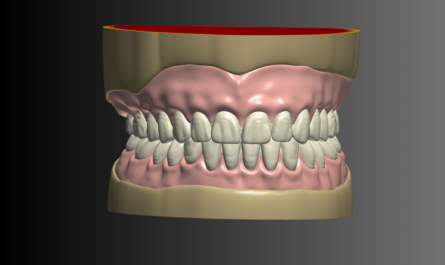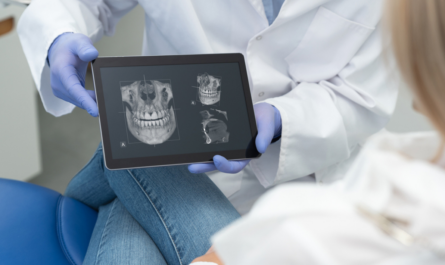By SupportDDS
Artificial intelligence (AI) is increasingly transforming various industries, and the dental insurance sector is no exception. With traditional methods of insurance verification being tedious and inefficient, leveraging Artificial Intelligence (AI) for eligibility checks helps to ensure rapid data collection and accuracy upon claim submission. This article explores how AI enhances efficiency in insurance verification, discusses its benefits and challenges, and identifies ways to effectively implement.
The Evolution of Dental Insurance Verification
Dental insurance verification is a daunting and complex task consuming valuable staff time, discrepancies in data, and disruptions to patient care. Standard processes involve contacting payors through automated phone systems with long hold times, and handling extensive paperwork while manually cross-referencing policy details and coverage information. Such inefficiencies often lead to administrative inefficiency, claim denials, and delays in reimbursements.
Understanding the Role of AI in Verifications
AI has significantly impacted dental insurance verification by leveraging advanced machine learning algorithms and natural language processing. These technologies allow AI systems to swiftly collect, organize and validate patient insurance data. Thus allowing dental staff to focus more on patient care rather than getting bogged down by administrative tasks.
How AI Works
AI’s effectiveness in this domain is rooted in its ability to handle complex tasks with precision. When patient insurance details are inputted, AI algorithms immediately start processing the information. These algorithms cross-reference data with various insurance databases, policy specifics, and coverage parameters.
Steps to Ensure Efficient Implementation
To effectively implement, several steps are crucial, starting with obtaining and inputting accurate patient insurance data into the system. Ensuring high-quality data for the AI Tool is essential for accurate results. Implementing best practices by including informed consent, data privacy, and bias mitigation, must be addressed to maintain compliance and trust. Regular monitoring and evaluation of AI system performance are necessary to make continuous improvements and adapt to evolving needs. Understanding the information can be flawed, it’s important to have safeguards in place when providing estimates to patients.
Overcoming Challenges
Challenges such as data security and skill gaps need to be managed. Complying with regulations like HIPAA is vital for protecting patient data, and AI-driven security features, such as encryption, are essential for safeguarding information. Additionally, addressing the skill gap by investing in staff training is crucial for effective AI implementation.
The Human-AI Collaboration – The Hybrid Solution
While AI offers remarkable efficiency, it is essential to recognize the complementary role of human expertise, what we call the “Hybrid Solution”. Companies like SupportDDS have invested in training university-
educated remote/virtual assistants to integrate into dental teams seamlessly while leveraging AI technology with the strength of human oversight.
This enhances and supports the capabilities of dental professionals, making them much more efficient and productive, rather than replacing them. By leveraging AI’s efficiency, dental teams can focus on nurturing patient relationships and exceptional patient care.
Conclusion
AI is here to stay but it is not the UNICORN. Its impact on dental insurance verification is transformative, enhancing accuracy, efficiency, and patient satisfaction. By integrating effectively and maintaining a balance between technology and the capabilities of the amazing human mind, dental practices can improve the verification processes with accuracy and speed which is not possible with a single focused approach.
The future of dental insurance verification promises continued advancements, improvements, and a more efficient, patient-centered experience. We welcome the future where we will continue to integrate technology with the human touch promising a greater patient experience and more efficient workflow for dental professionals.





